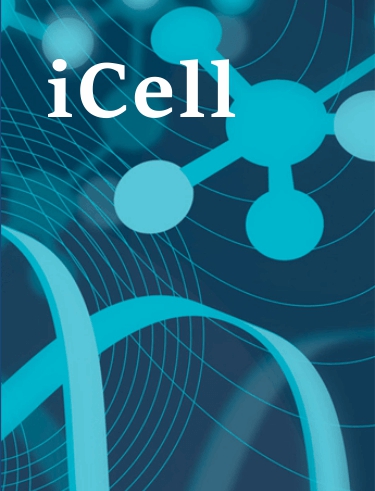Pan-Cancer Analysis for Identification of Tumor Antigens and Immune Subtypes in mRNA Vaccine Development
DOI:
https://doi.org/10.71373/FEHU5094Keywords:
mRNA vaccine, glioblastoma multiforme (GBM), immune subtypesAbstract
Purpose: Immunotherapy using vaccines proved effective for a variety of cancers, however, so far there is no vaccine against many types of cancers. The aim of this study was to identify potential tumor antigens for the development of antiall cancer mRNA vaccines and to map the immune landscape of pan-cancer to select suitable patients for vaccination.
Methods: We collected normalized gene expression data and clinical data from the Chinese Glioma Genome Atlas (CGGA) and The Cancer Genome Atlas (TCGA). Gene Expression Profiling Interactive Analysis (GEPIA) version 2 was used to analyze the differential expression of cancer genes and to calculate the prognostic index of each selected antigen. We used the cBio Cancer Genomics Portal (cBioPortal) to visualize the gene alterations of potential tumor antigens in the TCGA data and the Tumor Immune Estimation Resource (TIMER) to analyze and visualize the association between immune infiltrates and expression level of the identified potent antigens. Consistency matrix analysis was used to identify corresponding gene modules and immune subtypes. Univariate and multivariate Cox regression as well as log-rank tests were used to assess the prognostic distinctions of the GBM immune subtypes. We used the reduce Dimension function of the Monocle package to visualize the distribution of immune subtypes across TCGA and CGGA patients.
Results: Different cancer have different potential RNA Antigens. In GBM, seven tumor antigens (DIRAS3, EGFLAM, FUCA1, LILRB2, MPZL2, OSMR, and STC1) were identified as promising candidates for developing anti-GBM mRNA vaccines. Based on the immune gene expression profiles, GBM was classified into four immune subtypes (IS1–IS4). IS1 and IS4 were immunologically “hot,” which means they are more likely to benefit from vaccines. In addition, six immune hub genes (CLCF1, CD54, SOCS3, PLAUR, LIF, and BCL3) were identified as potential biomarkers for GBM vaccine effectiveness.
Conclusions: Different cancer types should have different potential RNA vaccine. For instance, DIRAS3, EGFLAM, FUCA1, LILRB2, MPZL2, OSMR and STC1 were identified to be related with poor survival and antigen presenting cell (APC) infiltration in GBM, and they are promising targets for mRNA vaccine development. GBM patients could be divided in to four immune subtypes based on the clustering of immune-related gene expression, and those in the IS1 and IS4 groups were candidates for vaccination.


